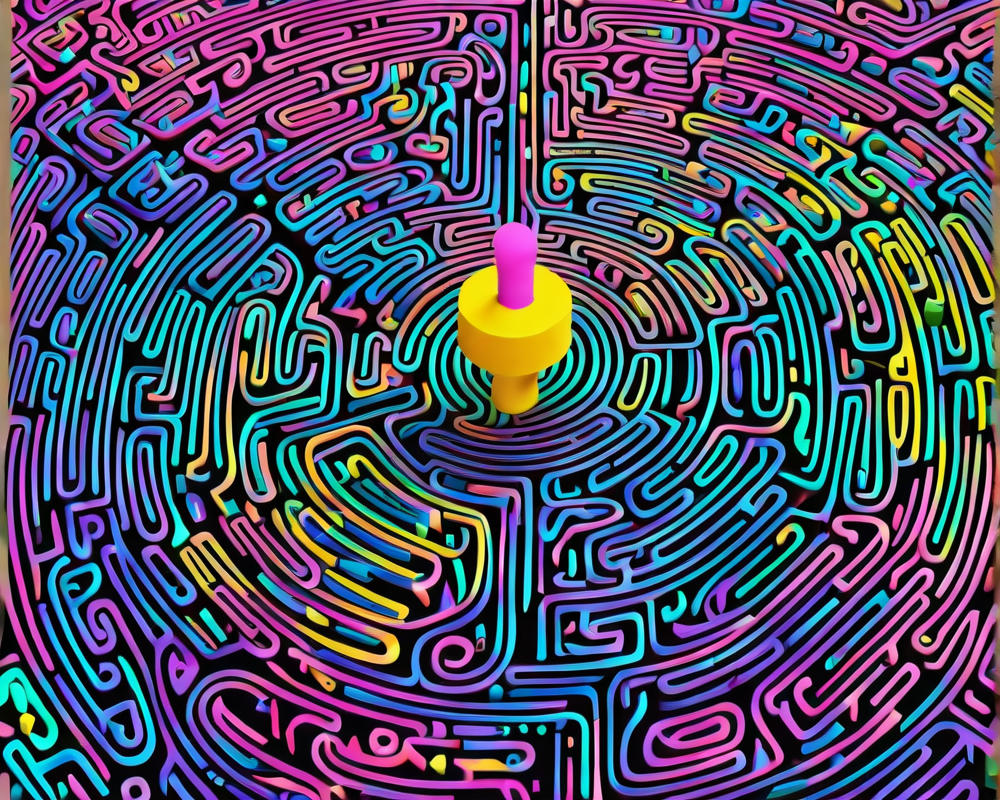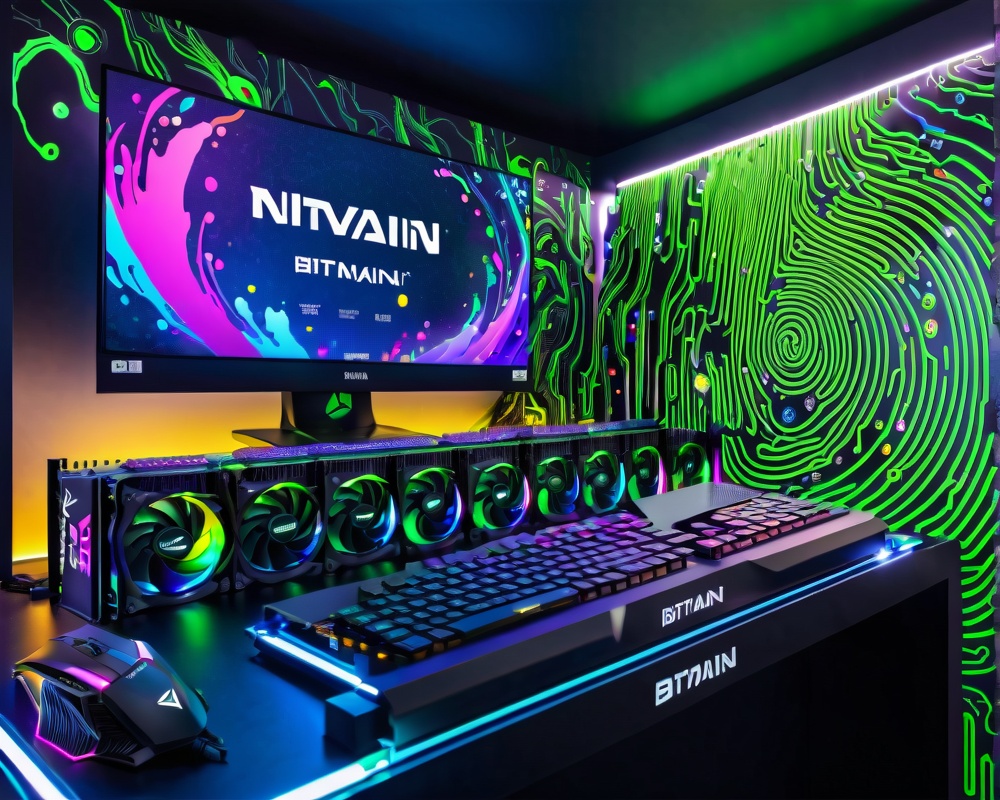The Rising Tide of AI Litigation
As generative AI becomes the new shiny toy in tech, lawsuits have started raining down on Google. It’s almost like Google is hosting a cloudburst of litigation around copyright and privacy rights, and the forecast doesn’t seem to be clearing anytime soon. With a brand new legal storm kicking up around their generative AI products, Google finds itself trying to paddle upstream against accusations of copyright violations.
Google’s Protective Pledge
In a bid to defend its turf, Google has rolled out a promise to protect users of its generative AI products from copyright claims—a true digital fortress for some, albeit with a few cracks. This protective umbrella, however, only covers seven specific products. Unsurprisingly, Google’s Bard search tool has been left out in the rain to fend for itself. So while a good portion of its offerings are seemingly shielded, Bard users might want to keep an eye on the legal weather changes.
The Legal Quagmire
Currently, the spotlight is on whether data used for training these fancy AI models infringes on private entities’ intellectual property rights. If Google’s lagging legal strategies don’t pan out, they might just find themselves caught in a quagmire of lawsuits that could hinder the entire generative AI scene. It’s not just the legal fees at stake; this situation poses a threat to the structural growth of AI itself. In a world where code is king, Google is attempting to convince users that using public data isn’t stealing—talk about a fine line!
Artists Weigh In on AI’s Impact
As the AI waves crash on the creative shores, artists are expressing their grievances. Nonfungible token artist Amitra Sethi highlights how Google’s legal framework could help but warns that it may not cover every potential infringement scenario. For her, while AI might mimic work, distinguishing between accidental replication and intentional plagiarism remains a gray area. Artists, she asserts, should be proactive in securing their rights—she recently filed for copyright on her unique “SoundBYTE” art because, let’s face it, no one wants to be the star of a courtroom drama.
Tools for Protection
To combat the potential perils of AI content creation, some artists are becoming tech-savvy. Innovations like Glaze and Nightshade are akin to digital mosquito repellent for artists’ work, making data less palatable for AI scrapers. These tools ensure creators maintain control over their art, ensuring that while AI may copy, it does so with an issue at its core. Imagine a world where AI attempts to mash up your artwork for a new project only to get fed wrong information—now that’s a plot twist!
Navigating Future Landscapes
The waves of legality wash beyond Google, impacting the entire tech landscape. Other giants, like Microsoft and Adobe, are also crafting strategies to shield their users from copyright lawsuits. Microsoft’s Copilot has been boldly defended, while Adobe offers guidelines to let users know they’re not blindly leaping into legal troubles.
As the legal tides shift, one thing is clear: the future of AI isn’t just about what gets created, but how to protect all creatives living in the digital realm from potential copyright attacks. Tomi Fyrqvist wisely notes that the next few years will surely see an influx of lawsuits, some of which might be opportunistic but others could stem from legitimate concerns. So, brace yourself folks—the legal rollercoaster is just picking up speed!




